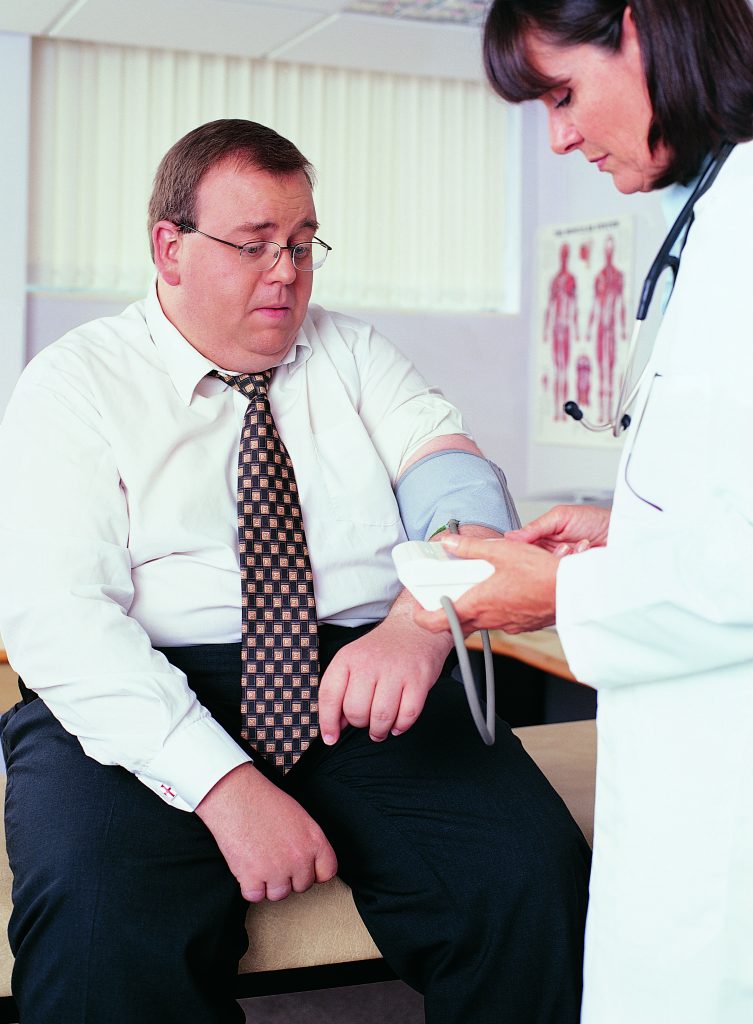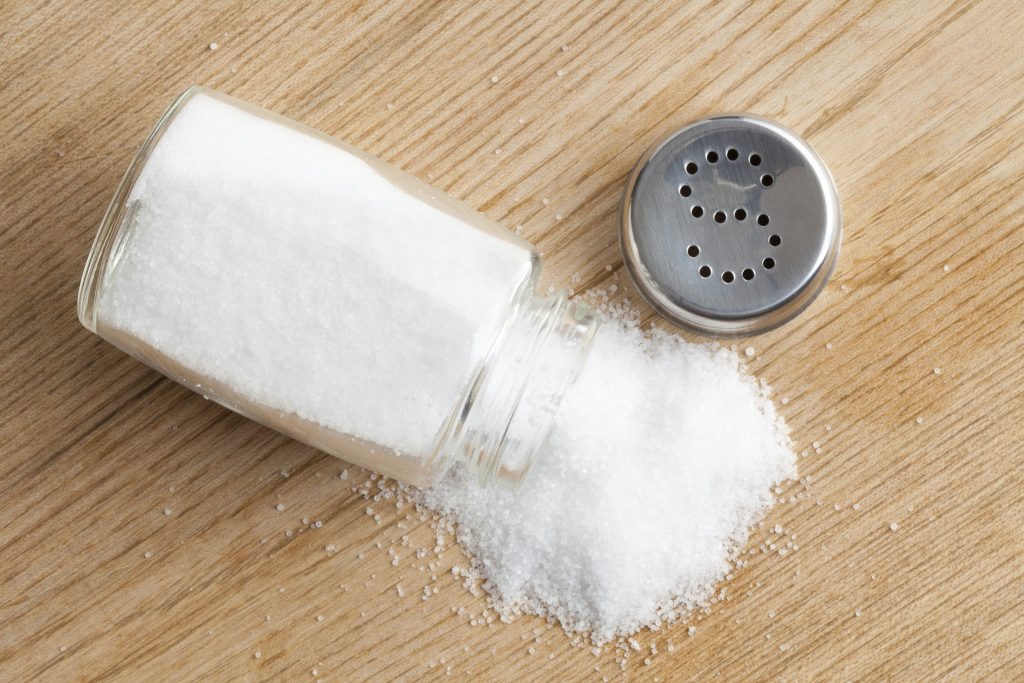In my column last week, I discussed the adverse effects of dietary salt on your health. The conclusion was that if you want to stay healthy and have your blood pressure under control then you need to eat less than one teaspoon table salt a day.
After that, a reader sent me a link to a Scientific American article, “It’s Time to End the War on Salt,” written by Melinda Wenner Moyer.
Moyer says, “The zealous drive by politicians to limit our salt intake has little basis in science.”
Moyer’s argument is based on a meta-analysis of seven studies involving a total of 6,250 subjects in the American Journal of Hypertension found no strong evidence that cutting salt intake reduces the risk for heart attacks, strokes or death in people with normal or high blood pressure.
Moyer goes on to quote several more studies from all over the world. She goes on to say, “These findings call into question the common wisdom that excess salt is bad for you, but the evidence linking salt to heart disease has always been tenuous.” She concludes the article by saying there is little evidence for long-term benefit from reducing salt intake.
Point well taken. However, there is evidence that shows too much or too little salt in the diet can lead to muscle cramps, dizziness, or electrolyte disturbance, which can cause neurological problems or death. Generally, more emphasis is given to the evidence showing an association between salt intake and blood pressure among adults. We also know reduced salt intake results in a small reduction in blood pressure. Evidence suggests that high salt intake causes enlargement of the heart and swelling of the legs. The evidence may be tenuous but it is there.
Like many things in science and particularly in medicine, strong evidence is lacking in many of the things doctors advise their patients about good health. Some advice is based on “tenuous” evidence as there is nothing better to suggest. When we have strong evidence that certain habits can lead to bad health and even cancer (e.g. smoking, sun worshipping) generally people ignore the advice.
The story of salt intake is a just a small pinch in the overall story of healthy eating and exercise in maintaining good cardiovascular system and good health. The message is, eat in moderation, it is not what you do and eat, it is how much you do and eat to stay healthy and happy.
Less salt won’t hurt you. Too much salt is not good for you.
Start reading the preview of my book A Doctor's Journey for free on Amazon. Available on Kindle for $2.99!




